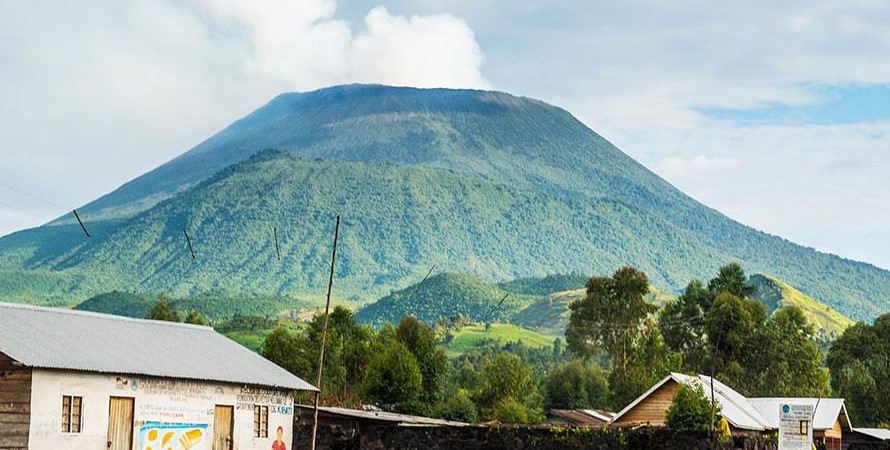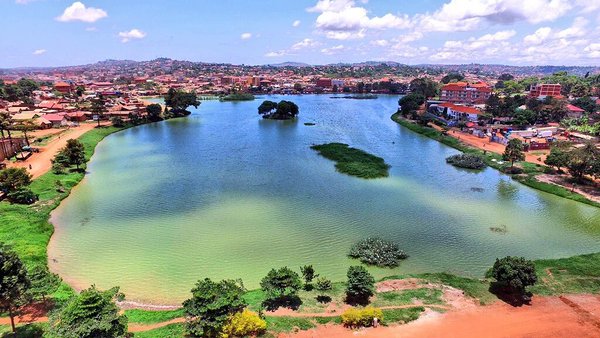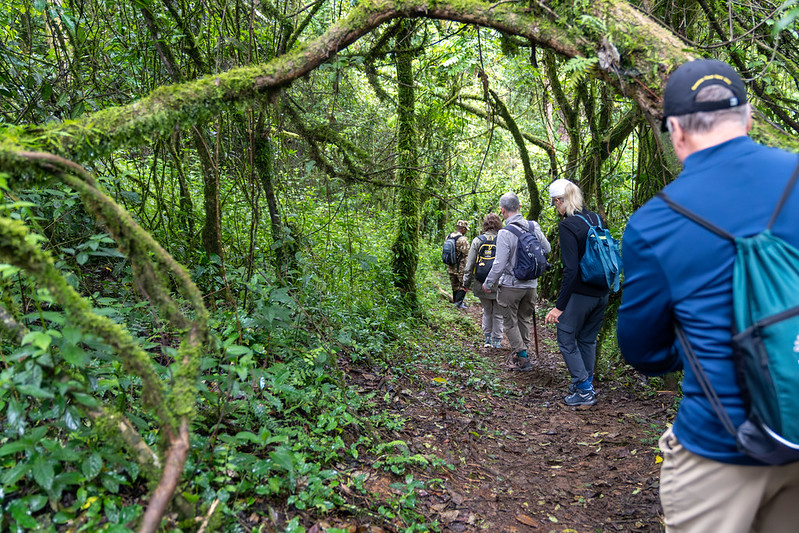About Mount Nyiragongo Mount Nyiragongo Volcano is one of the world's most active and dangerous…
How Many Gorillas Are Left in Africa?
How Many Gorillas Are Left in Africa?
Gorillas are among Africa’s most iconic and endangered species, captivating the hearts of wildlife enthusiasts and conservationists alike. These majestic great apes, closely related to humans, face numerous threats in the wild, from habitat destruction to poaching.
If you’re wondering about the current state of gorilla populations, this blog post explores the numbers, their habitats, and the ongoing conservation efforts to ensure their survival.
Current Gorilla Population in Africa
Africa is home to two gorilla species: the Eastern Gorilla (Gorilla beringei) and the Western Gorilla (Gorilla gorilla). Each species is further divided into two subspecies, bringing the total to four gorilla subspecies. The estimated numbers for each are as follows:
1. Mountain Gorillas (Eastern Gorilla)
- Population: Over 1,063 individuals
- Habitat: Found in the high-altitude forests of Uganda, Rwanda, and the Democratic Republic of Congo (DRC).
- Status: Endangered
- Notes: Mountain gorillas are the most famous gorilla subspecies, attracting thousands of tourists annually for trekking experiences in parks like Bwindi Impenetrable National Park (Uganda) and Volcanoes National Park (Rwanda).
2. Grauer’s Gorillas (Eastern Lowland Gorilla)
- Population: Estimated at 3,800 individuals
- Habitat: Confined to the eastern lowland forests of the DRC.
- Status: Critically Endangered
- Notes: These gorillas have experienced a significant decline in recent decades due to deforestation, mining, and civil unrest in their habitat.
3. Western Lowland Gorillas (Western Gorilla)
- Population: Estimated at 250,000 individuals
- Habitat: Found in the rainforests of Central and West Africa, including Cameroon, Gabon, Congo, and Equatorial Guinea.
- Status: Critically Endangered
- Notes: Despite their larger population, Western lowland gorillas face severe threats from bushmeat hunting and diseases like Ebola.
4. Cross River Gorillas (Western Gorilla)
- Population: Fewer than 300 individuals
- Habitat: Found in the remote border region between Nigeria and Cameroon.
- Status: Critically Endangered
- Notes: This subspecies is the rarest and most elusive, living in fragmented populations across rugged terrain.
![]()
Factors Affecting Gorilla Populations
Despite conservation efforts, gorilla numbers remain under pressure due to several factors:
- Habitat Destruction
- Logging, agriculture, and infrastructure development have significantly reduced the forests gorillas rely on.
- Habitat fragmentation isolates gorilla groups, limiting genetic diversity.
- Poaching and Hunting
- Although gorillas are protected by law, illegal hunting for bushmeat or as trophies still occurs in some areas.
- Disease
- Gorillas are highly susceptible to diseases transmitted by humans, such as respiratory infections and Ebola, which have devastated populations, particularly among Western lowland gorillas.
- Conflict and Instability
- In regions like the DRC, armed conflict and mining activities disrupt gorilla habitats and hinder conservation efforts.
Where Can You See Gorillas in Africa?
If you’re interested in seeing gorillas in the wild, here are the top destinations for each subspecies:
- Mountain Gorillas
- Uganda: Bwindi Impenetrable National Park and Mgahinga Gorilla National Park.
- Rwanda: Volcanoes National Park.
- DRC: Virunga National Park.
- Eastern Lowland Gorillas
- DRC: Kahuzi-Biega National Park.
- Western Lowland Gorillas
- Congo: Odzala-Kokoua National Park.
- Gabon: Lopé National Park.
- Cross River Gorillas
- Nigeria and Cameroon: Mbe Mountains and Cross River National Park.
Conservation Efforts: A Ray of Hope
Thanks to ongoing conservation efforts, the outlook for some gorilla populations is improving:
- Gorilla Tourism
- Controlled gorilla trekking programs in Uganda, Rwanda, and Congo generate revenue that funds conservation and supports local communities.
- Protected Areas
- National parks and reserves provide a safe haven for gorillas, safeguarding their habitats from encroachment.
- Anti-Poaching Initiatives
- Rangers and conservation organizations work tirelessly to combat illegal hunting and protect gorilla populations.
- Community Engagement
- Programs that involve local communities in conservation efforts reduce human-wildlife conflicts and foster support for protecting gorillas.
- Disease Prevention
- Strict guidelines for gorilla trekking, including maintaining a safe distance and limiting visitor numbers, help minimize the risk of disease transmission.
Africa’s gorilla population stands as a testament to the power of conservation, yet their survival remains precarious. With fewer than 260,000 gorillas left across the continent, these magnificent creatures continue to face immense challenges.
By supporting eco-tourism, advocating for conservation policies, and raising awareness, we can all play a role in ensuring that future generations have the chance to marvel at gorillas in their natural habitats. Whether it’s trekking through the misty forests of Uganda or exploring the remote rainforests of Gabon, a visit to see these gentle giants is not just a thrilling adventure—it’s an opportunity to contribute to their preservation.


